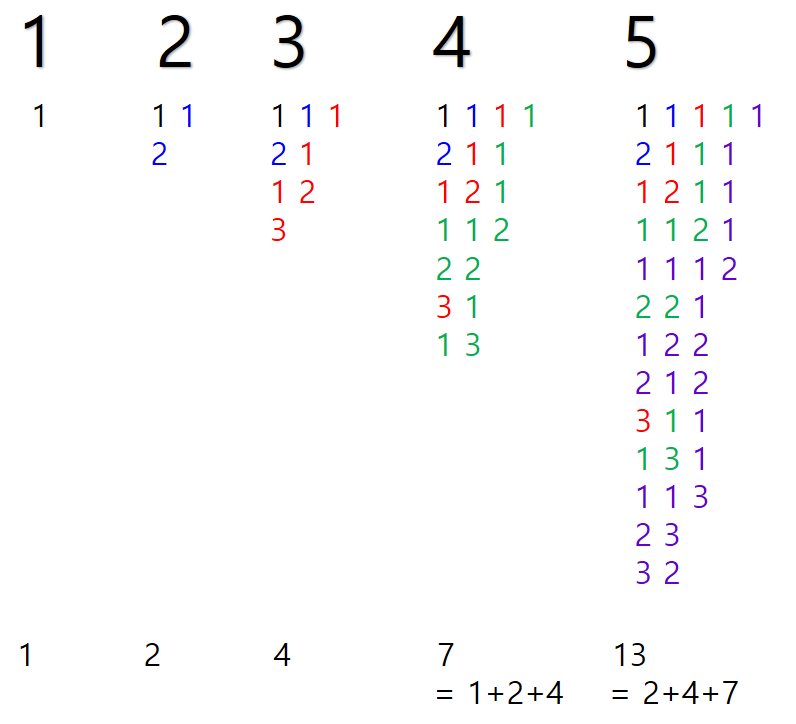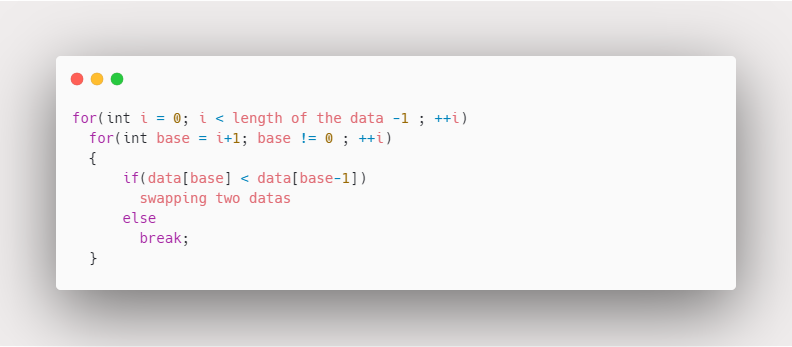Dynamic Programming and Divide and Conquer
Dynamic Programming (often called DP)
Algorithm that solves the problem of the small input size first
And then, solves the problem of the larger size, and finally solves the whole problem by using the solution of the partial problem
- bottom-up approach, find the lowest answer, save it, and solve the upper problem by using the result
- Memoization is the key concept
- Memoization
- A technique that utilize the previously calculated values when running a program
- It speeds up the overall execution by not recalculating
- Memoization
- When dividing datas, partial datas are duplicated and recycled
- Example: Fibonacci sequence
Divide and Conquer
Algorithm to solve the problems by dividing each other until the problem cannot be divided, and then merging again to get the answer to the problem
- Top-down approach, descending downward to find the upper answer
- Generally implemented as a recursive function
- When dividing a problem, partial problems do not overlap with each other
- Example: merge sort, quick sort, etc.
Similarities and differences
- Common points
- Split the problem into small pieces
- Differences
- Dynamic programming
- Partial problems are duplicated and recycled when solving high-level problems
- Using the Memoization technique (used as an optimization technique to save and recycle answers to partial problems)
- Divide and Conquer
- Partial problems do not overlap with each other
- No Memoization technique
- Dynamic programming
Understanding Dynamic Programming
Fibonacci
Fibonacci sequence : each number is the sum of the two preceding one
0,1,1,2,3,5,8,13,21,34,55,89,144,…
$F_0=0$
$F_1=1$
$F_n=F_{n-1}+F_{n-2}\qquad(n\in{2,3,4,\dots})$
Divide and Conquer
#include<iostream>
#include<cstdio>
using namespace std;
int fibo(int n)
{
if(n == 0)
return 0;
else if(n == 1)
return 1;
return fibo(n-1) + fibo(n-2);
}
int main()
{
int n;
cin >> n;
cout << fibo(n) << endl;
return 0;
}
Dynamic Programming
#include<iostream>
#include<cstdio>
using namespace std;
int fibo(int n)
{
int cache[n];
cache[0] = 0;
cache[1] = 1;
for(int i = 2; i <= n; ++i)
{
cache[i] = cache[i-1] + cache[i-2];
}
return cache[n];
}
int main()
{
int n;
cin >> n;
cout << fibo(n) << endl;
return 0;
}
- Dynamic Programming algorithm is faster than Divide and Conqure algorithm



